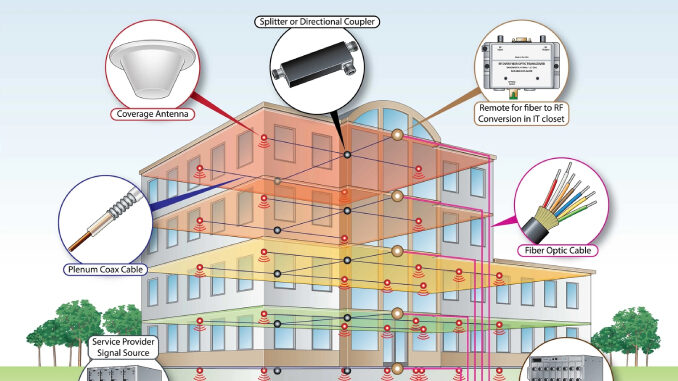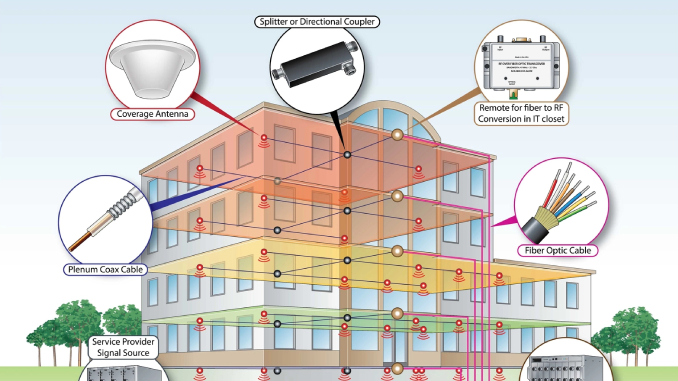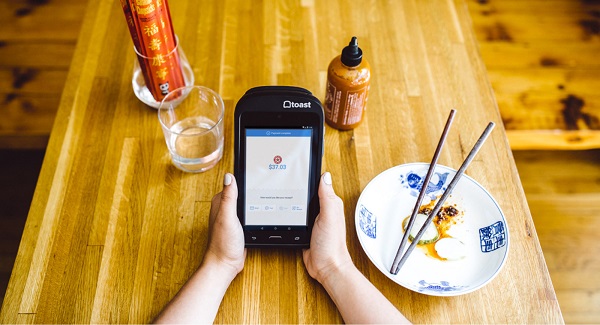

Passive DAS is a viable option for any business, regardless of its size or industry. Passive DAS improves retail connectivity, regardless of the cellular service provider used by customers. It can also improve the security and reliability of the point-of-sale environment by reducing the likelihood of fraud.
Passive DAS commercial real estate cellular solutions can be provided by integrators in the commercial real estate sector. It is designed to serve multiple cellular providers, including IVR solution providers , and is affordable for developers. Read on to learn more.
How RF Repeaters Work With DA?
Passive DAS is a wireless network that allows real-time social media networking at live events. Systems that provide passive wireless coverage can be used at events to provide cellular connectivity. Passive DAS is also a connectivity solution that improves cellular service for hotel guests regardless of whether the establishment is under construction or already operational.
A dedicated integrator installs a passive DAS distributed antenna system in a building. Using a cellular DAS solution can improve cell signals in buildings and an IVR service provider. Passive DAS is used to provide seamless cellular coverage and data transfer capacity. It was observed that employees could provide faster customer service and sales transactions with passive DAS installed.
Radiofrequency repeaters can exponentially increase signal strength when used with a Distributed Antenna System. The result is a more powerful signal. RF signals are transmitted from cell towers to millions of smartphones. However, RF signals are degraded by obstacles such as trees and tall buildings, making it difficult to connect people inside buildings.

Improve In-Building Wireless Coverage With DAS
Cellular signal coverage in buildings can be poor, and building owners and facility managers often blame the operators for the poor reception. Distributed antenna systems (DAS) provide wireless service for a specific area (or building) by boosting the signal from multiple low-powered antennas rather than a single high-powered antenna.
Small cells provide strong indoor signals while keeping the burden on the macro network to a minimum. The devices are installed in buildings and can deliver excellent signals to users, but only to those connected by the network for which they were designed.
Wireless communications are provided by Distributed Antenna Systems, which use antennas to cover an entire building. It can overcome the shortcomings associated with Wi-Fi and Small Cells and improve signal quality.
Hospitality Communication System
Activated distributed antenna systems (DAS) are frequently a solution for hospital connectivity issues. There is a need to use DAS to avoid communication between medical professionals in hospitals. Passive DAS can effectively communicate in emergencies and help first responders and public safety officers communicate more effectively.
Wrapping up
Distributed antenna systems improve communication in the hospitality and retail sectors. This system ensures dependable communications throughout a hotel, resort, restaurant, or retail establishment. Staff communication has also improved tremendously. Customers benefit from excellent connectivity and reduced energy consumption as well.

Leave a Reply